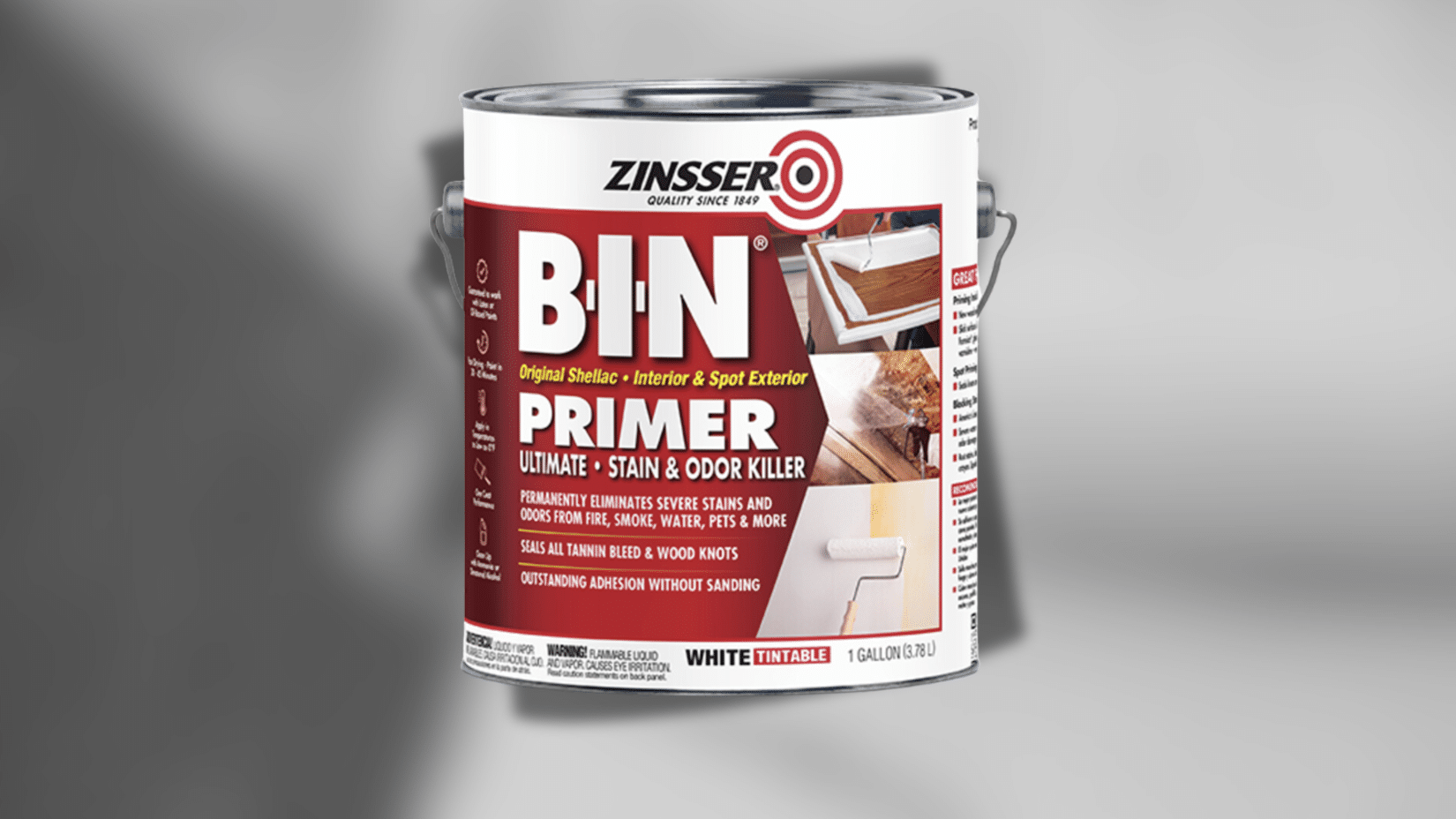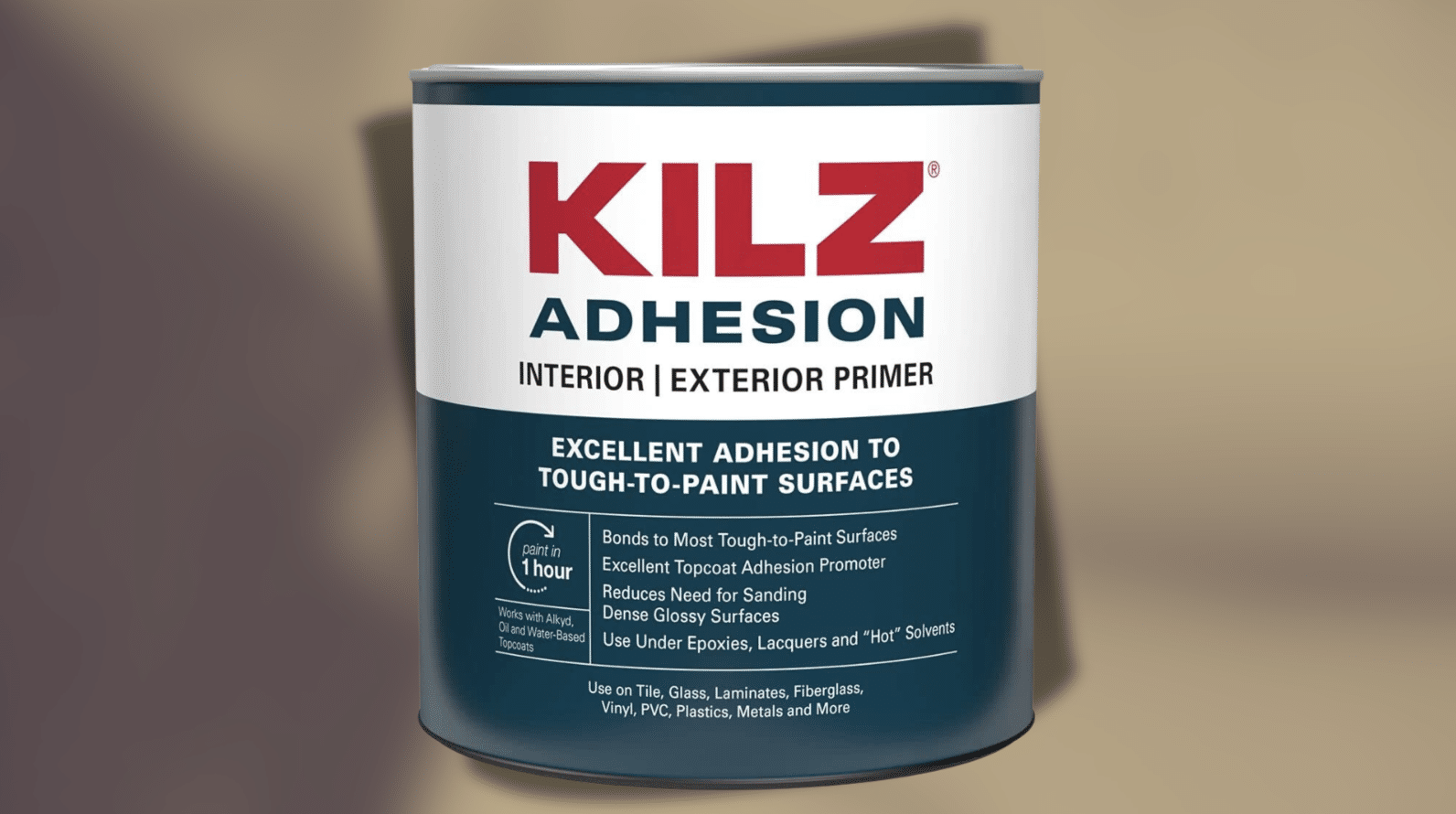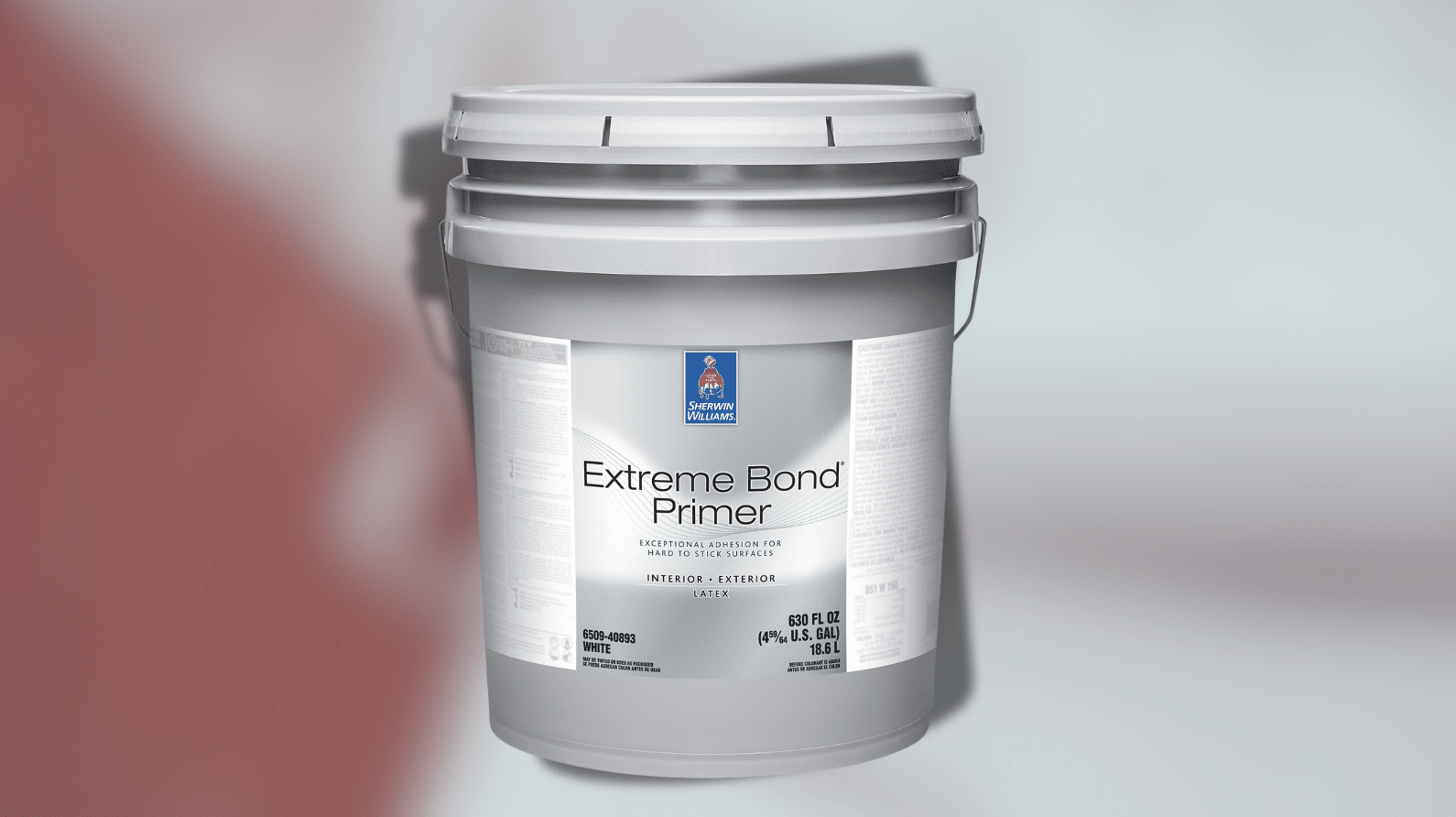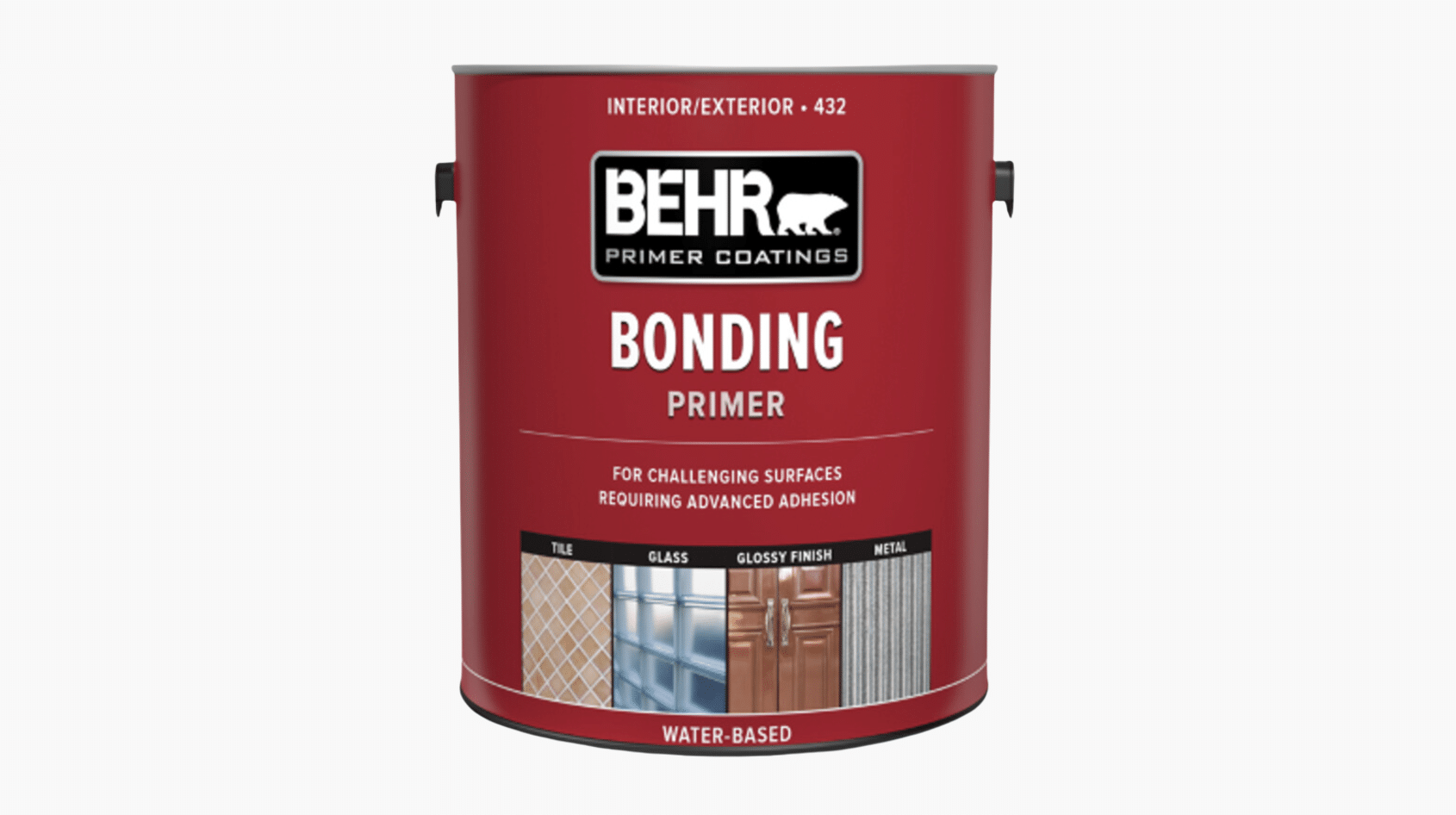Cabinet Primer Guide: Choose and Apply Best
Want to give your kitchen a fresh look? Cabinet painting starts with the right primer. Getting this first step wrong can ruin your whole project, while doing it right builds the base for a lasting finish.
Most DIY painters feel confused when picking cabinet primers. Each type has its own strengths, and using the wrong one can waste time and money. Plus, how you apply it matters as much as what you choose.
This guide walks you through picking and using cabinet primers. You’ll learn which products work best, how to apply them correctly, and tricks that pros use. When you finish reading, you’ll know exactly how to get that smooth, lasting finish on your cabinets.
Types of Primers for Cabinets: Exploring Your Options
Picking the right primer makes a big difference when painting cabinets. Let’s look at three main types of primers that work well for cabinet projects.
1. Oil-Based Primers
These primers stand up well to daily use and protect your cabinets. They stick firmly to the surface and stop stains from showing through the paint. Oil-based primers take longer to dry but create a strong base for your paint. They work great on both wood and metal cabinets.
2. Water-Based Primers
These primers offer a safer option for your home. They don’t give off strong smells and clean up with just soap and water. Water-based primers dry faster than oil-based ones. They work well on clean surfaces and give good results on wooden cabinets. Plus, they help the environment since they have fewer chemicals.
3. Shellac-Based Primers
These primers stick to almost any surface without extra preparation. They block the toughest stains and seal wood knots completely. Shellac-based primers dry very fast and work in any temperature. They cost more than other types but save time on tough projects.
Each type of primer has its strengths. Your choice depends on your specific needs and what you want to achieve. Remember to check the surface type and condition before picking your primer.
Comprehensive Review: Which Primer Tops the Chart?
Let’s look at a clear breakdown of each primer type to help you pick the right one.
| Feature | Oil-Based Primer | Water-Based Primer | Shellac-Based Primer |
|---|---|---|---|
| Coverage & Blocking | ✓ Blocks most stains completely
✓ Covers dark colors well ✗ Needs good ventilation |
✓ Works on clean surfaces
✓ Good for light colors ✗ May need extra coats |
✓ Blocks all stains
✓ Seals knots perfectly ✗ Strong fumes |
| Application | ✓ Smooth finish
✓ Good self-leveling ✗ Long dry time (24h) |
✓ Easy to apply
✓ Quick touch-ups< ✗ Can show brush marks |
✓ Fast drying (30min)
✓ Smooth results ✗ Must work quickly |
| Durability | ✓ Resists wear well
✓ Lasts many years ✗ Can yellow over time |
✓ Stays flexible
✓ Won’t yellow ✗ Less scratch-proof |
✓ Very hard finish
✓ Excellent bond ✗ Less flexible |
| Cost & Care | ✓ Mid-range price
✓ Worth the investment ✗ Needs paint thinner |
✓ Lowest cost option
✓ Soap/water cleanup ✗ More coats needed |
✓ Best stain-blocking
✓ One coat covers ✗ Highest price point |
| Best Uses | • Dark wood cabinets
• High-traffic areas • Thorough projects |
• Light-colored woods
• Quick updates • Small touch-ups |
• Problem surfaces
• Smoke damage • Fast turnaround |
Overall Winner: Oil-Based Primer
For most cabinet projects, oil-based primer stands out as the top choice. It combines:
- Strong stain blocking
- Excellent surface bond
- Long-lasting results
- Good value for money
Top Primer Picks: Trusted Products for Exceptional Results
1. Zinsser B-I-N Shellac-Based Primer

This primer ranks high for tough cabinet jobs. It dries in just 30 minutes and forms a solid bond with any surface. The formula seals away stains that other primers can’t handle.
Users praise its quick results on glossy cabinets. It stops water marks and smoke damage from showing through paint. The price runs higher than others, but the strong results make it worth the cost.
2. KILZ Adhesion High-Bonding Primer

KILZ Adhesion stands out for its grip on difficult surfaces. The formula creates a strong base that paint sticks to well. It works well on laminate and other slick cabinet surfaces.
This primer needs just one hour to dry between coats. Many users say it needs less surface prep than other brands. The mid-range price offers good value for its quality results.
3. Sherwin-Williams Extreme Bond Primer

This professional-grade primer handles tough kitchen conditions. It bonds well with factory-finished cabinets without extra steps. The finish resists peeling even in rooms with high moisture.
Paint applied over this primer stays put for years. Professional painters often pick this brand for its reliable results. The price matches its professional status, but the results speak for themselves.
4. BEHR Bonding Primer

BEHR’s primer is suitable for most cabinet projects. Its clear-drying formula works on many surface types. Users find it simple to apply with a brush or roller, and DIY fans praise its user-friendly nature.
Most reviews show success on kitchen and bathroom cabinets. The price stays lower than other options while still giving good results. Both home users and pros report long-lasting finishes with this primer.
Each primer on this list has proven its worth in real cabinet projects. When making your choice, consider your specific needs and budget.
How to Choose the Perfect Primer for Your Cabinets
Surface Types and Their Needs
Raw wood surfaces need strong sealing primers. MDF boards need special attention at the edges, where they soak up more primer. Painted wood surfaces accept most primer types well.
Metal cabinets need rust-stopping primers to last longer, and the laminate needs special bonding formulas to stick correctly. Each surface tells you what primer will work best.
Dealing with Stains
Kitchen cabinets are exposed to many stains, including food, grease, water spots, and more. Your primer must prevent these marks from showing through the paint. Dark wood stains need extra blocking power.
Water spots need total sealing. Grease stains call for strong primers that bond well. Test your primer on a small spot first to ensure it blocks well.
Making Sure It Sticks
Good primer must stick to your cabinets and hold paint well. Clean surfaces help primers bond better. Remove old paint chips and sand smooth spots that look shiny.
Check that your room stays at the right temperature while working. Let each coat dry fully before adding more. Sand between coats when needed for better grip.
The right primer choice comes from knowing your surface, what to cover, and how well it needs to stick. Take time to check these three things before you buy.
Step-by-Step Guide to Priming Cabinets
Step 1: Choose the Right Primer
Shellac-based primers work best for cabinets. They bond well to smooth surfaces and block stains. Yes, they cost more, but their quality shows in the results.
Step 2: Prepare Your Cabinets
Light sanding helps the primer stick better, even though some brands say you can skip it. Clean all surfaces well before you start. Use a proper cleaner to remove dust and kitchen grease.
Step 3: Gather Your Materials
Get a high-density foam roller made for cabinets—this gives the smoothest finish. Buy basic brushes for tight spots since they’ll be hard to clean afterward. Set up a flat work area with good airflow.
Step 4: Application Process
Use your brush only in grooves and spots the roller won’t reach. Follow right away with the foam roller. Work fast – this primer dries very quick. Roll in smooth, even strokes to remove brush marks.
Step 5: Detail Work
Roll all edges and corners for an even look. Keep checking for drips or missed spots. The primer should look smooth across the whole surface.
Step 6: Clean Up
Most tools used with shellac primer are hard to clean. Save good brushes for paint. If you must clean tools, use denatured alcohol. Let the work area air out well.
Step 7: Final Steps
The primer dries fast—usually in 30 minutes. Once dry, check all surfaces. Fix any spots you missed. Make sure the finish looks even before you start painting.
This method gives great results when you work quick and steady. The key is staying ahead of the fast-drying primer.
Watch the full video tutorial below on how to paint primer on cabinets.
Conclusion
Picking the right primer might seem like a small detail, but it makes all the difference in cabinet painting. The choice between oil-based, water-based, or shellac-based primers affects how your cabinets will look and last.
Success with cabinet primers comes down to picking the right type and putting it on correctly. Oil-based primers give lasting results but take time to dry. Water-based ones offer quick, safe options for simple jobs.
Shellac-based primers cost more but solve tough problems fast.
Remember that proper prep work and tools matter as much as your chosen primer. Take time with surface prep, work in the right order, and let each coat dry fully. These basic steps lead to cabinets that look fresh and stay that way.







